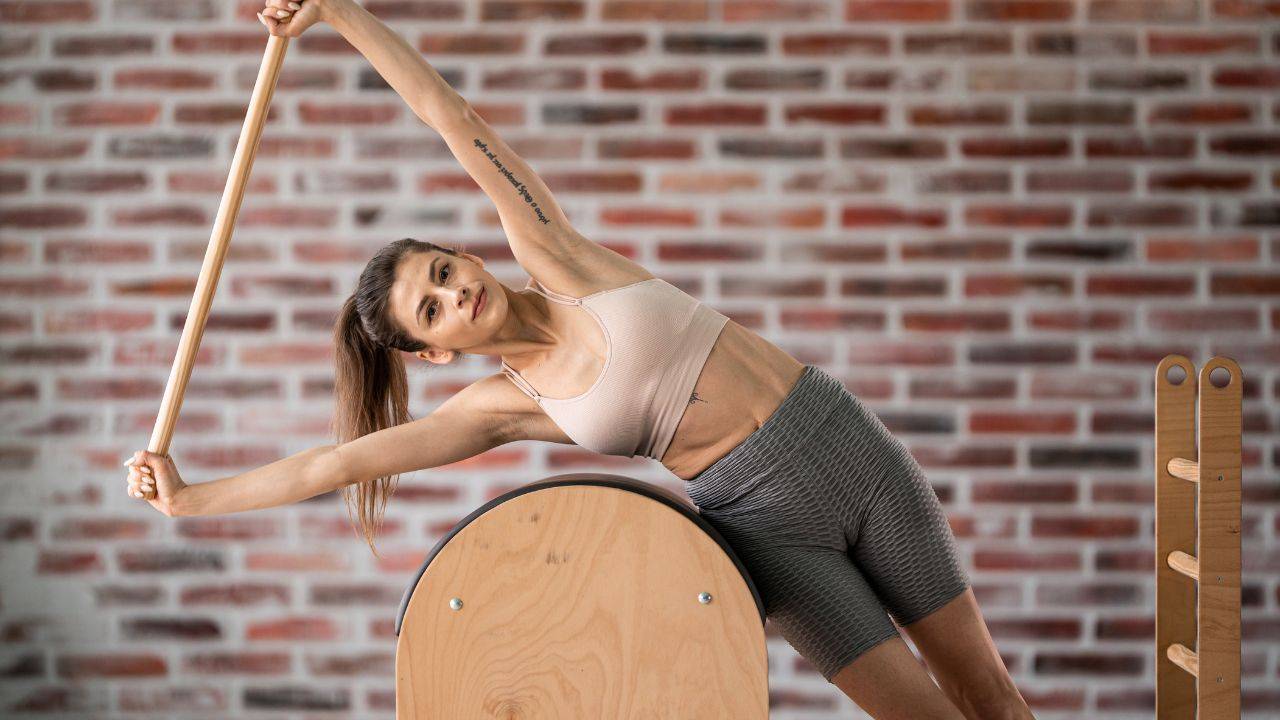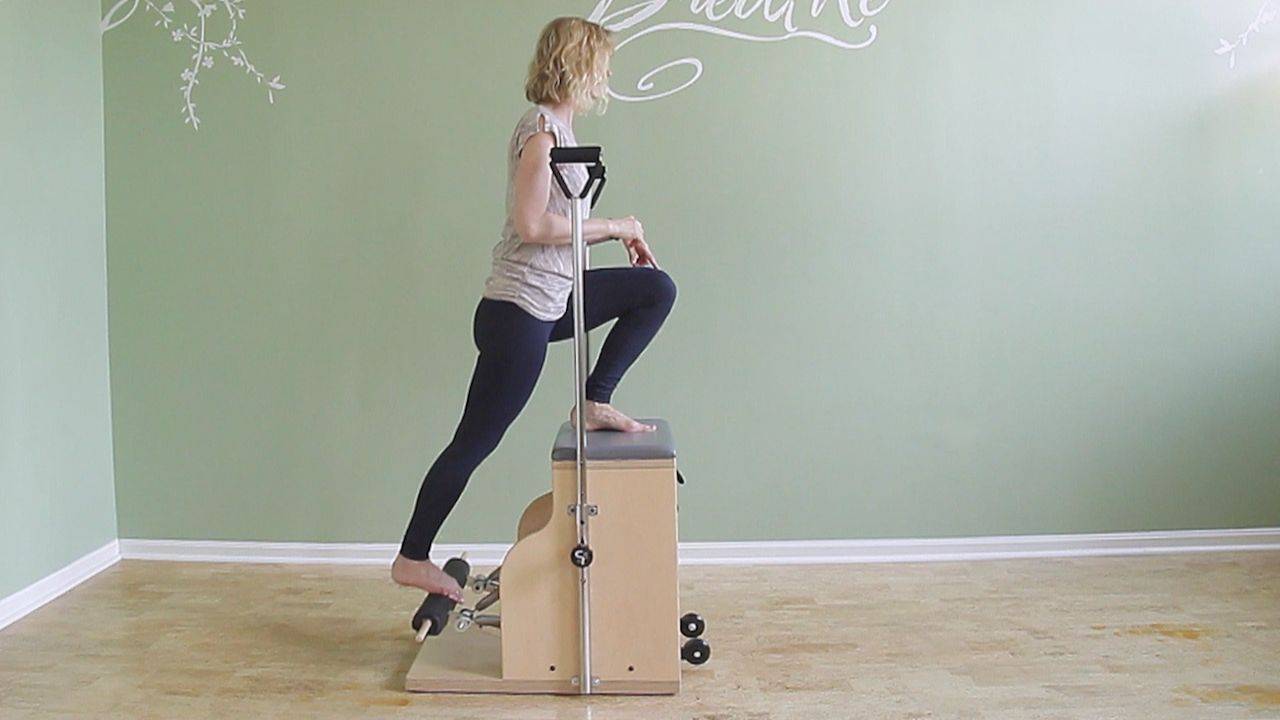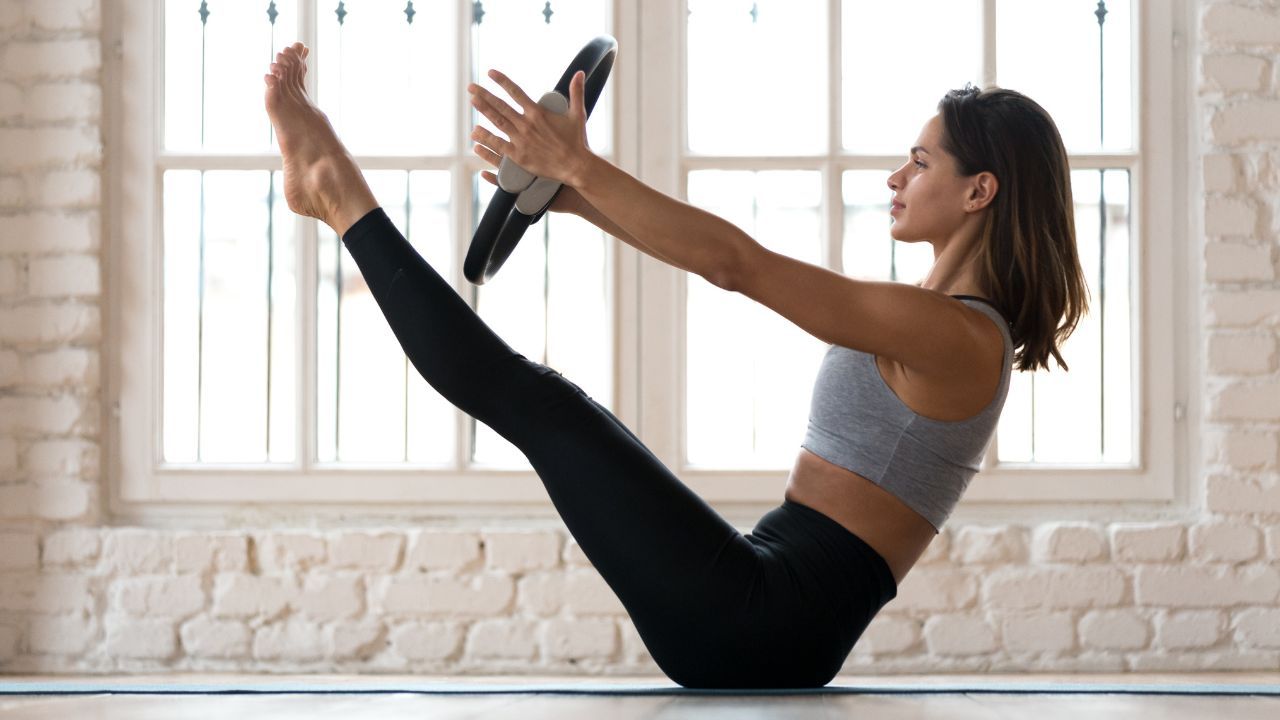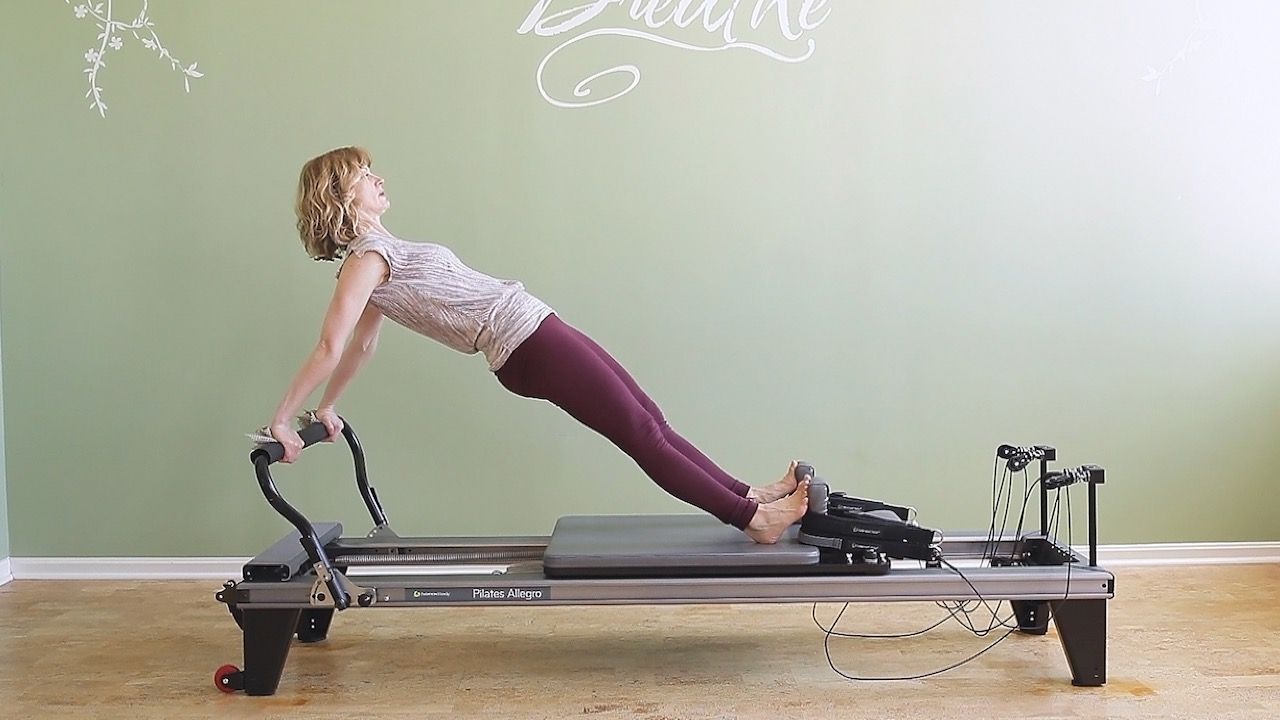Roll Down on the Pilates Reformer | Cues and Common Mistakes
Jan 28, 2020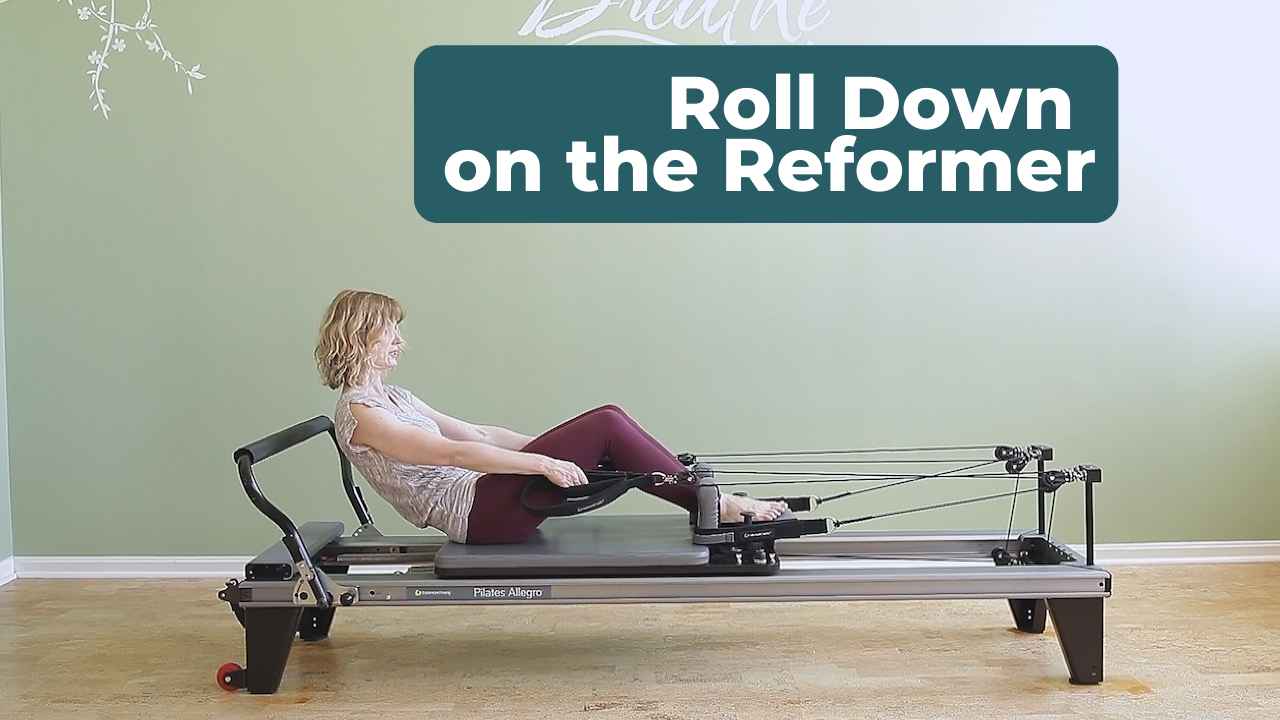
Roll Down on the Reformer improves spinal flexion, lengthens your hip flexors, and strengthens your abdominals.
This exercise is all about scooping, hollowing, and drawing "navel to spine". All the classic Pilates cues can be used here.
First, let's take a look at the exercise:
Roll Down Common Mistake #1: Belly Bulge
A common mistake is to collapse the spine during flexion (rounding). This will cause the rectus abdominis to bunch up which creates the belly bulge effect. We want to avoid this because it compresses the spine and reduces axial length. It's much easier said than done to stay tall and elongated when rounding our spine. We all tend to collapse, don't we?
Try the following tips to help avoid bulging the belly:
- After you roll back and hold that position, think about dropping your ribs to deepen your abdominal scoop. Resist with your tailbone as you return to the starting position.
- Lift and widen your back ribs.
- Breathe into your back.
- Pull your navel through your spine and keep your belly back on the way up.
- Lengthen the back of your head up as you push your tailbone forward (in opposition).
- Teachers, place your hand against your student’s low belly to remind your student to hollow the abdominal wall.
- Use heavier springs and/or keep your arms bent in a bicep curl to assist your abdominals.
Roll Down Common Mistake #1: Pulling With Your Arms
Another common mistake of Roll Down on the Reformer is pulling with your arms. The strength for the movement should come from your abdominals, not your arms. But it's a strange, unfamiliar movement, and since we're holding on to handles, our brain naturally thinks we should pull. To change this pattern, try these tips:
- Tell your student before starting the exercise that she should not pull on the handles or ropes. It's not an arm exercise. The ropes are merely there to give you something to hold on to (but they don't give you a lot of support if you use one spring).
- Keep your arms straight throughout the exercise.
- Instead of thinking of rolling back or leaning back, think of pushing the carriage forward with your tailbone. So instead of your upper body going back, your lower body moves forward. This cue probably changes everything!
Related: How To Improve The Roll Up On The Mat
Roll Down Common Mistake #3: Dropping The Chin
In the previous section, you learned that the lower body should be moving forward instead of your upper body backward. This means the upper body doesn't really go anywhere. It just stays in place.
Since the C-Curve movement begins at the tailbone, the cervical spine doesn't really have to flex too much from the top (the head). It might get pulled into gentle flexion from below, from the thoracic spine.
Instead of tucking your chin, keep your eyes straight ahead, on the line of the horizon. Make sure your head doesn't shift forward but keep your head pressed back (like you could press your head against the headrest in your car).
In the Pilates Encyclopedia member library, we look at every detail of Roll Down on the Reformer - and all other apparatuses - from head to toe, to help you get the maximum benefit from this exercise. You'll learn about contraindications and precautions, more common mistakes and their solutions, more verbal and tactile cues, as well as progressions and regressions. Learn how to get access...
I'd love to hear from you: What are your favorite tips or cues for Roll Down on the Reformer? Shoot me an email.



